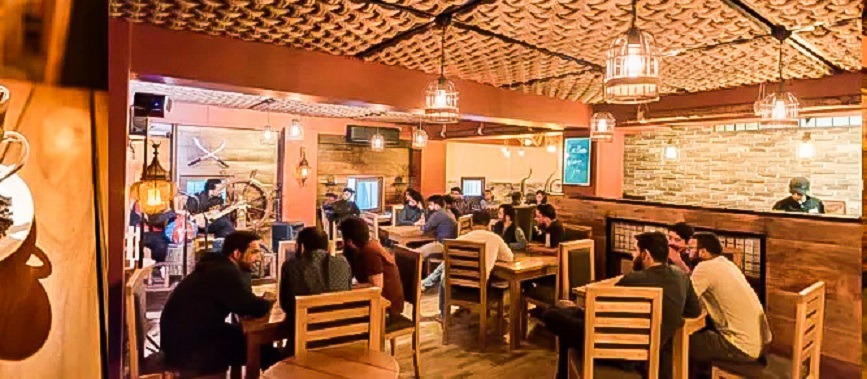
Srinagar- When it comes to settling for a comfortable life, people from Jammu and Kashmir definitely know what suits them and this is exactly what the latest edition of National Family Health Survey for 2019-21 reveals.
A significant analysis of the data reveals that despite years of lockdowns and unrest, J&K has managed to attain 25.2 percent which is the 13th largest & highest number of wealthy people across India.
25.2 percent of the population in J&K falls in the highest wealth quintiles, followed by Gujarat (27.4%) and Maharashtra (27.9%). Seventy nine percent of the population in Chandigarh falls in the top wealth quintiles making Chandigarh having the largest number of wealthy people in India, followed by Delhi (68%) and Punjab (61%).
However, the National average of India is 20 percent, where the wealthiest households are concentrated in urban areas, with 74% of the urban population in the two highest wealth quintiles, as opposed to 54 percent rural population which falls in the two lowest wealth quintiles.
As per NFHS, there are five wealth quintiles in India varying from lowest, second, middle, fourth and highest. Among the lowest quintile, NFHS noted, 10.2 percent of the population in J&K falls in this category, while 16.5 percent were recorded in the second category. “20.8 percent of the population falls in the middle quintile and 27.2 percent falls in the fourth wealth quintile. However, 25.2 percent of the population in J&K falls in the highest wealth quintile.” the report noted.
In terms of having a population with lowest quintile, J&K has only 10.2 percent of the population falling in this category which remains much better than larger states like Bihar(42.8%), Jharkhand(45.9%), Madhya Pradesh(31.5%), Chhattisgarh(29.9%), UP(23.9%), Odisha(35.1%), West Bengal(32.7%), Arunachal Pradesh(23.3%), Assam(38.1 %) and Meghalaya(31%).
Since, NFHS-4 many aspects of J&K have changed significantly, while others remain much the same in the latest round(NFHS-5) which was recently released by Union Health Minister Mansukh Mandaviya in Vadodara, Gujarat, on May 5.
The latest survey—NFHS-5—which provides data by socio-economic and other background characteristics that remains useful for policy formulation and effective programme implementation.
Meanwhile, a brief look at another data—which substantiates J&K highest wealth quintile— provided by NFHS brings forth that J&K has 23.7 percent of the population which owns a car. With this percentage, J&K ranks third across India in having the highest population with a car. Goa tops this list with 45.2 percent followed by Kerala at 24.2 percent, according to NFHS.
However, a survey by the NITI Aayog—a public policy think tank of the Government of India—in 2021 had revealed that 12.58 percent of the total population in Jammu and Kashmir was ‘poor’.
Pertinently, as per a survey by Sustainable Development Goals (SDG) Index 2021, at least 10.35 percent population in Jammu and Kashmir was living below the national poverty line with the rural areas holding more poverty than the urban areas.
Follow this link to join our WhatsApp group: Join Now
Be Part of Quality Journalism |
Quality journalism takes a lot of time, money and hard work to produce and despite all the hardships we still do it. Our reporters and editors are working overtime in Kashmir and beyond to cover what you care about, break big stories, and expose injustices that can change lives. Today more people are reading Kashmir Observer than ever, but only a handful are paying while advertising revenues are falling fast. |
| ACT NOW |
| MONTHLY | Rs 100 | |
| YEARLY | Rs 1000 | |
| LIFETIME | Rs 10000 | |










